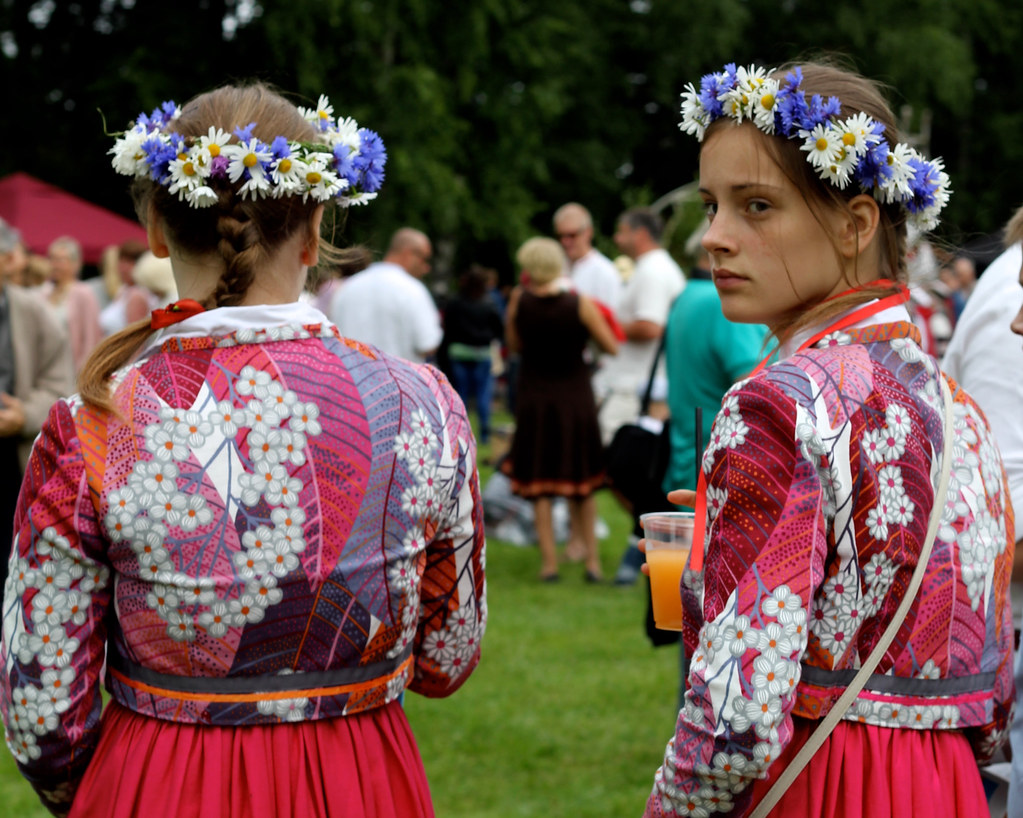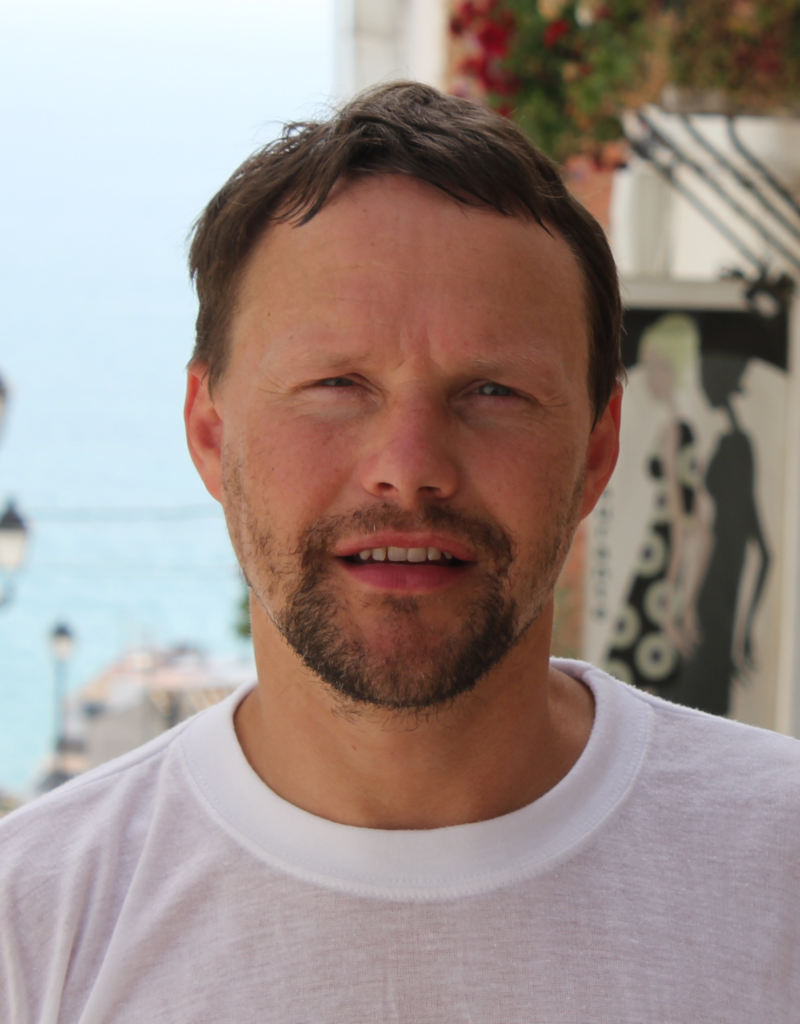
The ethnic group of Setod lives mainly in South-Eastern part of Estonia, in regions called Vöru- and Pölvamaa. The population of Setod in Estonia is approximately 12 000 and 230 in Russia. According to the history they have lived both in South-East Estonia and in the regions of Pskov in Russia.
They call their territory Setomaa – the land of Setod. Petseri is the historical capital and cultural center of Setod. The historical land is almost of the same size as Israel – 17 000 square kilometers, which is mainly located in the Pskov region in Russia.
The location between two different states has created a unique culture, which consists of both South-Estonian and Russian elements. Setod has their own language, own folk cloths, songs, dances and architecture. Newspapers and magazines are also published in Seto language. Their mother tongue is quite close to one of the Estonian dialects, called Vöro. Until today Seto Institute is funcioning in Värska. The people of Seto has even been active in saving their culture both in Russia and Estonia by organizing different festivals and meetings. The Seto-style og singing called lelo* has been taken to the heritage list of UNESCO.
Even though Setod lived in the surroundings of Petseri during 1920- and 1930-ies – then belonging to Estonia – parts of the area was incorporated to the Russian Federation after 1990. The cultural center of Setod is located in Värska. When Estonia became a member of European Union, it caused changes in the life of Setod – constant applications of visas and permissions started, which often ended up with denied visas. Then most of the people became losers. Relatives could not cross the border anymore and visit each others.

To travel from both Estonian and Russian side has become more challenging for Setod during the last five years. Therfore people are not even able to visit the graves of their relatives. The problems with urbanization and border crossing have led to big changes in the society. In manyy villages population has decreased to less than 10 people. From 2018 Russia is not giving out visas anymore. This means that relatives are not able to make visits over the border, if they are living on the territory of the neighboring state.
Setod have saved their pagan religion. Their tradition requires to visit the graves of the ancestors and deliver food to them. Setod are also honouring the God of fertility – according to the beliefs, he is lying under the Church in Petseri.
Most of Setod are Orthodox believers. The Church did mission work among them already before the 12th century. According to the Estonian statistics Orthodoxy is the most widespread religion – 16 % of the population – and it is a quite strong part of the national identity. On the Russian side the churches belong to the Patriarchate of Moscow. Those churches, which are located on the Estonian territory are registered under the patriarchate of Constantinopol. The monastery of Petseri was founded 1473 and has been the religious center since that. Setod also have local chappels, which are called tsässonad (часовня in Russian).

Filadelfia Church in Helsinki, Finland, sent out Maria Gobert in October 1930 to work as a missionary in Petseri – then Estonia. Later Sion Church and Smyrna Church in Gothenburg, Sweden took over the responsibility of her support. She was able to serve the Lord in the region until 1940, when Soviet Union occupied the territories and the country was closed for missionaries. Then Maria Gobert moved back to Finland and later on to Paris to work among Slavic refugees.
Some Protestant churches started to do mission work in Setomaa again after the collapse of Soviet Union. There are however still not any known Protestant churches in the region. Even though Setod received Orthodox traditions, they have not had any own Bible translations for centuries. 1926 four gospels of the Holy Book was however published in Seto language. 2013 a revised version was printed and distributed in the area. See the picture below.

Four gospels in Seto language
Article written by Andrus Kask, Estonia

*Lelo tradition includes some monophonic singing. The distinctive feature of the lelo lies in its performance in multiple voices with the use of a particular timbre; thus the term lelo generally refers to polyphonic singing. The choir repeats the lead singer´s lines in two or three voices.
(Translation from Estonian by R. Lehtonen)
PLEASE PRAY FOR SETOD. THEY NEED MISSIONARIES AND CHURCH SERVICES IN THEIR OWN LANGUAGE – BOTH IN ESTONIA AND RUSSIA!
RL

Gertrud Storsjö
Mycket intressant om Seto folket.
Translation: Very interesting about the people group of Seto.
Lise och Åke
Tack för mycket intressant info!
Undrar om biskopen Nikolai Zalutsky från Pskov kan känna till något?
Hela familjen Zalutsky lyckades i absolut sista stund i år, ta sig ut från Ryssland via Estland, Lettland till USA.
Även vår legendariska missionär, syster Siri Palmestav var verksam i området. (Går kanske att hitta info i Pingst kyrkan, Jönköping?)
Shalomski!
Translation to English:
Thanks for very interesting information. Wondering if bishop Nikolai Zalutskij from Pskov knows more? His whole family succeeded to leave Russia through Estonia and Latvia to USA in the abolute last moment. Even our legendary missionary, sister Siri Palmestav, was active in the region. (Perhaps the Pentecostal Church in Jönköping knows more?)
Peace be with you
Lise och Åke